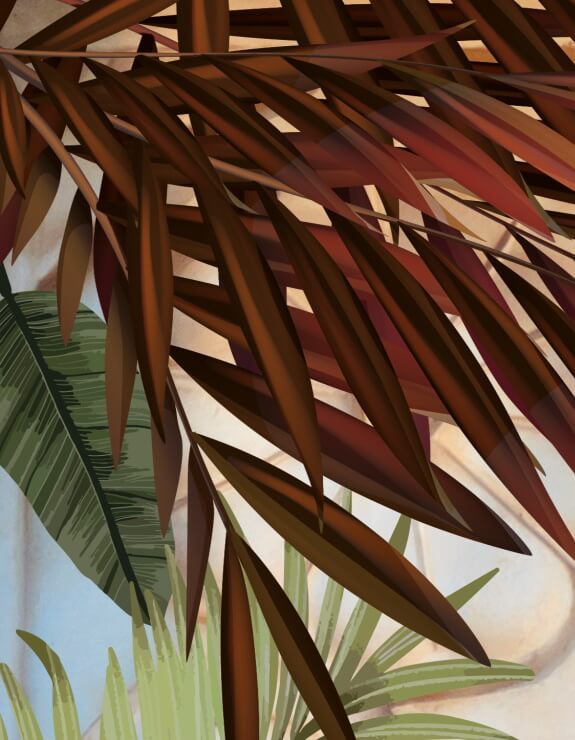Naga Batavia Arrack
At the origins of rum

Before sugarcane was ever planted in the Caribbean, before gin was distilled in London, even before the word "alcohol" had been used for the first time, people drank Arrack.
At the end of the 15th century, Portuguese and Dutch merchants reached the island of Java. They discovered that the Chinese sugarcane planters had developed a secret recipe which allowed for molasses to be fermented and then distilled to produce what is known today as BATAVIA ARRACK - INDONESIAN RUM.
BATAVIA was the name of Jakarta, the capital of Indonesia, located on the island of Java. Batavia Arrack can therefore be translated as "the strong liqueur of Jakarta. Batavia Arrack can be distinguished from other rums by the addition of fermented red rice, called Qu or Chu, in the process of fermenting the molasses. This molasses wine is then distilled in traditional Chinese stills to 65% before being stored in terracotta vases.
It was in 1641 that we first began to use "leaguers" (150-gallon barrels) to store and ship Batavia Arrack, replacing the fragile and cumbersome stoneware vases. They were made from teak, a traditional Indonesian wood."























